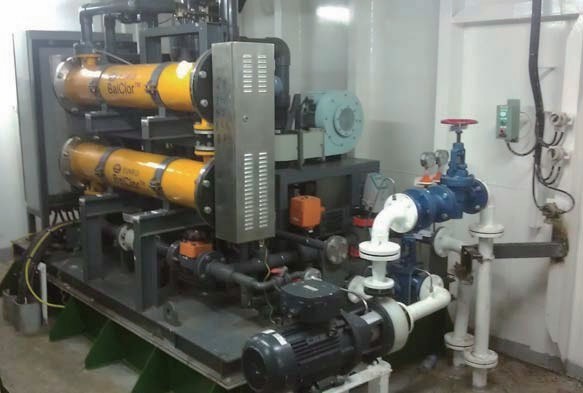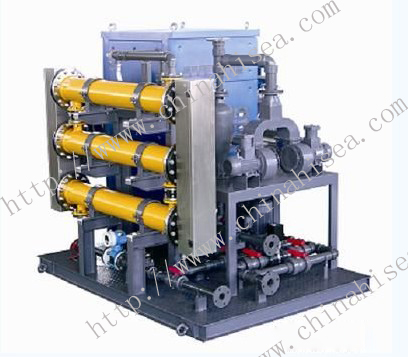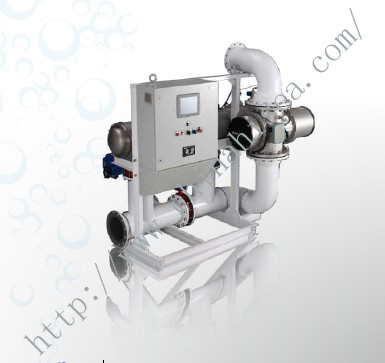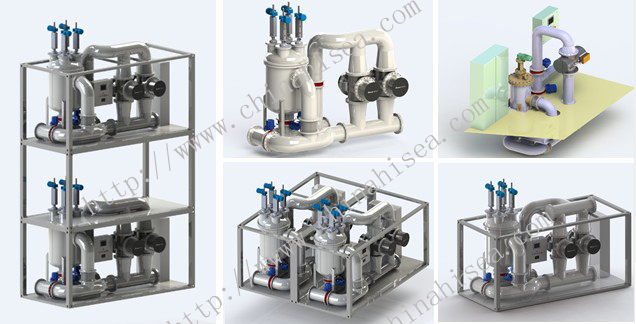BWMS
Around the world approximately 3 to 5 billion tons of ballast water is transferred via ships each year, introducing aquatic invasive species into new environment, posing serious threats to maritime ecosystems, aquatic economy and human health.
The transfer of ballast
water cannot be avoided since ballast water is absolutely essential to the safe
and efficient operation
of modern shipping. But
the transportation of non-native species can be eliminated by means of appropriate
treatment of ballast water.
The International
Maritime Organization (IMO) has adapted the International Convention for the
Control and Management
of Ship’s Ballast Water and Sediments, 2004, which mandates all ships
that carry ballast
water install treatment system by the required year depending on their ballast
tank capacity and the
year being built.
BWMS Treating Progress
Filtration ---The ballast water is filtrated by an automatic backwashing filter with 50µm screen to remove marine organisms larger than 50µm.
Disinfection --- A small side stream of the filtered ballast water is delivered to the electrolytic unit to generate the oxidants of high concentration (mainly sodium hypochlorite solution), then the oxidants are injected back into the main ballast stream to provide effective disinfection.
Sodium hypochlorite solution as a very effective germicide can be kept in ballast water for a certain period to effectively kill the plankton, spores, larvae and pathogens contained in the ballast water to meet D-2 standard.
Neutralization --- The residual TRO level of the treated ballast water below 0.1ppm, then the treated ballast water can be directly discharged. If the residual TRO level of the treated ballast water over 0.1ppm, neutralizer (sodium thiosulfate solution) is added into the de-ballast pipe to neutralize residual oxidants instantly automatically.
IMO D-2 Standards for Discharge of Ballast Water
| Organism Type | Required Regulation |
| Organisms,≥50μm minimum dimension | <10cells/ m3 |
| Organisms, <50μm and ≥10μm minimum dimension | <10cells/ml |
| Toxicogenic Vibrio cholerae (serotypes O1 and O39) | <1cfu/100ml,or <1cfu/g(wet weight)of zooplankton samples |
| Escherichia coli | <250cfu/100ml |
| Intestinal Enterococci | <100cfu/100ml |

Society certificates






CONTACT WITH US NOW